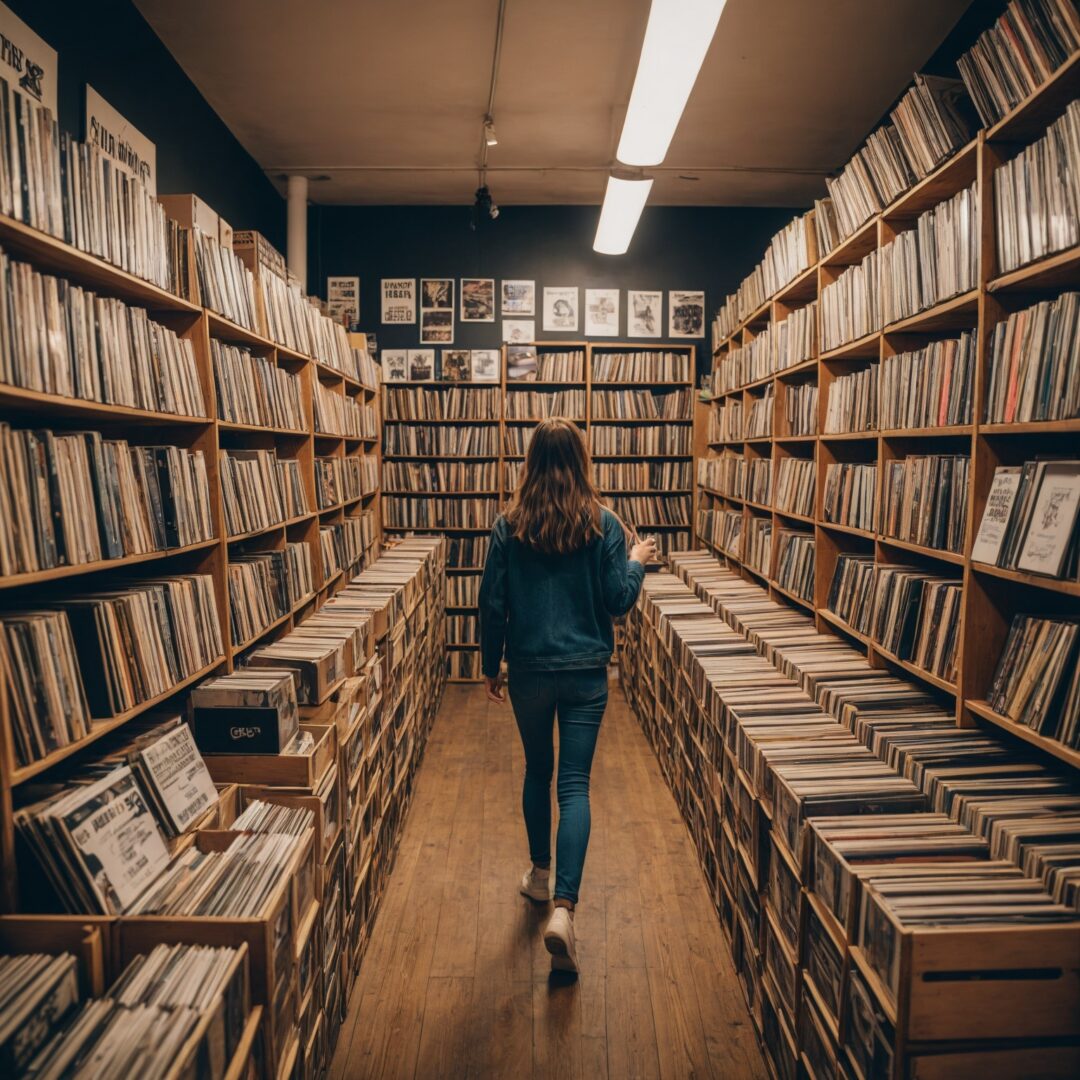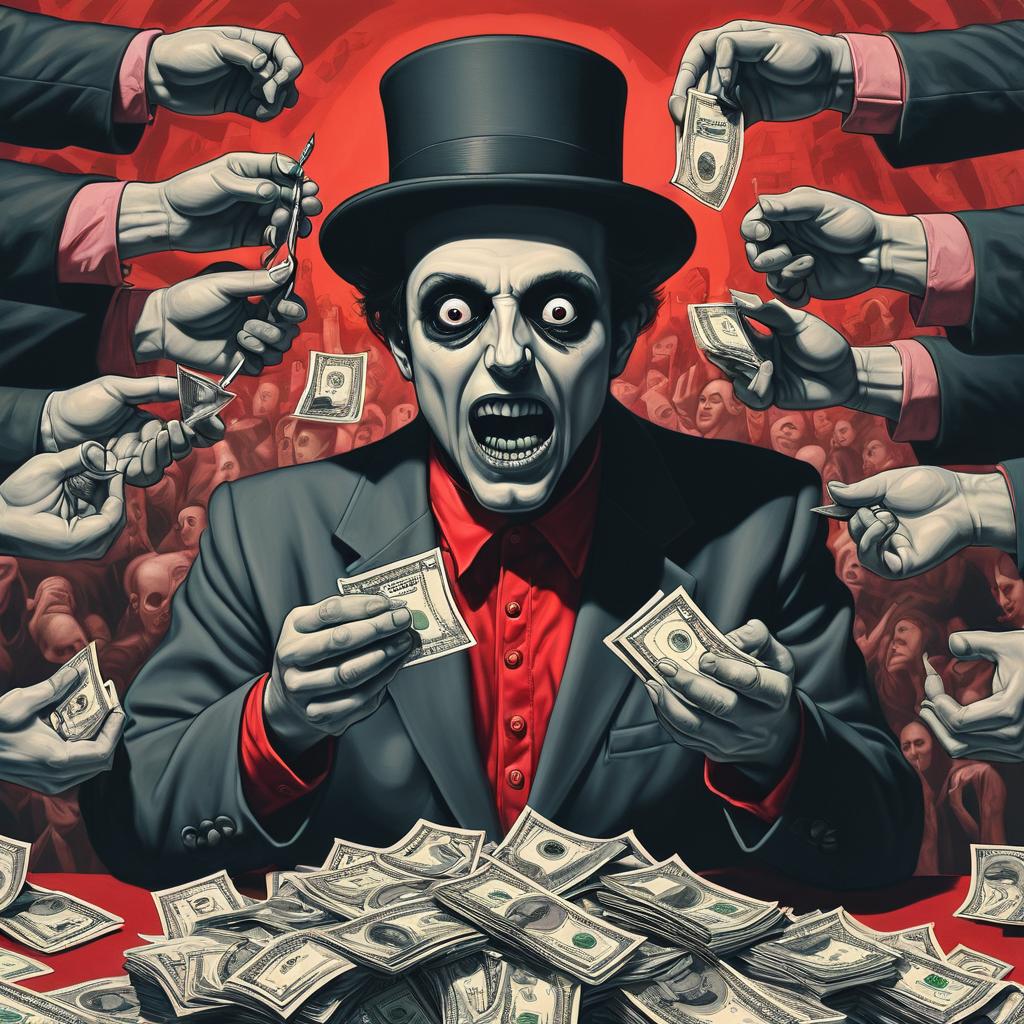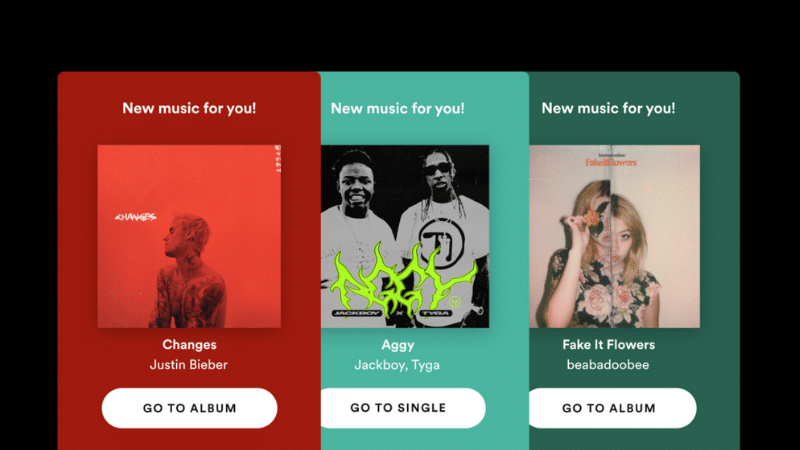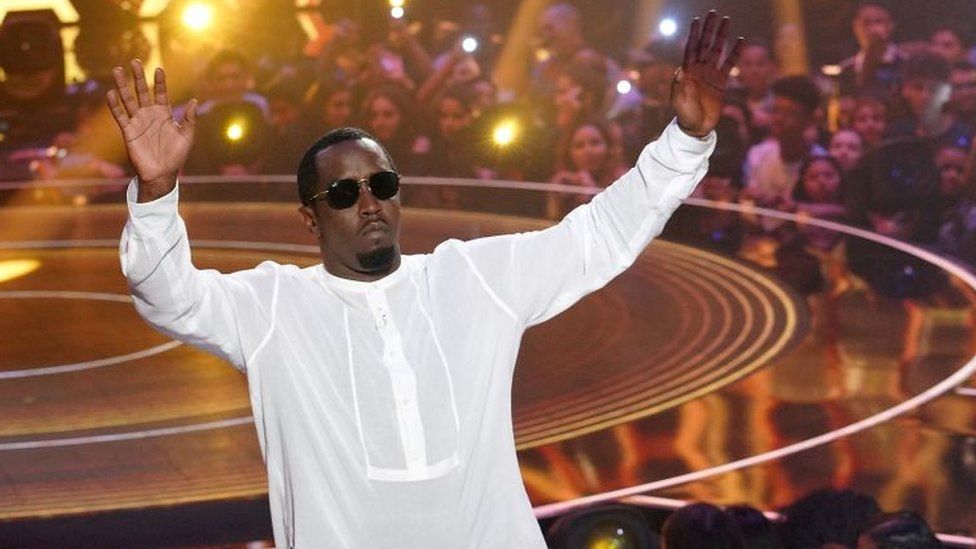Discover the latest music trends and insights with A&R Factory. Stay informed and inspired as we explore the dynamic music industry landscape where we cover the latest music industry trends, analysis and predictions in the industry. Whether you’re a music enthusiast or industry professional, A&R Factory is your go-to source.
Can New Music Sustain in An Era Marked by Nostalgia and the Novelty Factor?
Posted on 26 July 2024In the plight proliferated modern music industry, one of the biggest obstacles for contemporary artists to overcome is the disparity between how long it takes to create a new record and how long it remains relevant.
The definition of ‘new music’ tends to vary, with some sources claiming that ‘new music’ can be defined as music released in the last 12 months, but any independent artist attempting to market music more than a few months old will know all too well that it is an act of pure futility, as perfectly articulated by Kel from The Empty Page:
“It’s a funny thing when you release an album after several years of working to get it done and then it’s out in the world and you’ve done all the promo, run out of marketing budget and it’s now already seen as ‘old’ and everyone is wanting something even more ‘new’. It’s a relentless treadmill of ‘productivity’ this world and sometimes it really gets to me. The other day someone said to me: ‘Let me know when you have new music out and we’ll add it to our playlist’. Is a two-month-old album not new music? When does it stop being new? Why is new the most important thing anyway?”
Music journalists, playlisters and radio stations pride themselves on keeping their ears on the pulse of modern music, overlooking anything that was released beyond the lifespan of a moth. Yet, they aren’t solely to blame for the emphasis on the novelty factor; the attitudes of industry figureheads reflect broader attitudes of the music-consuming public, who are overcome with aural amnesia when it comes to music that is beyond a few months old.
At this point, I must profess that I’m scarcely a model music consumer. So far this year, I’ve hyper-fixated on albums from three of my favourite artists: Nadine Shah’s Filthy Underneath, Mother Mother’s Grief Factor, and Frank Carter’s Dark Rainbows were relentlessly spun. However, once I’d played the LPs on repeat and seen the album tours, the compulsion to revisit them seemed to fade, regardless of how visceral the initial obsession.
My engagement with new albums is often as fleeting as the trend cycles which propel them. Once the novelty wanes, the records gather dust, overshadowed by a relentless influx of fresh sounds and the comforting echo of my old favourites found in my formative years and the subsequent eras of self-discovery when I attempted to embroil my identity with melodic connectivity.
I don’t speak for everyone, but I can attest to how connection to music alters through maturity; how in the formative years of music discovery, every lyric seems to resonate and solidify a sense of self; yet, in time, we no longer seek affirmation or identity in new releases and how this absence of deep connection makes it difficult for new music to enmesh within our lives.
With this in mind, in an era dominated by nostalgia and a craving for novelty, can new music truly sustain and will there be any classics of tomorrow?
How New Music Lost Its Sustainability
The Novelty Factor and The Nostalgia Wave
The music industry today is marked by an overwhelming abundance. With new tracks and artists bursting onto the scene every minute, courtesy of streaming platforms, the sheer volume can feel stifling. This saturation dilutes the impact of new music and makes it increasingly difficult for any album to hold its ground in the public consciousness. This phenomenon of songs slipping from memory amid the chaos of continuous new releases compounds the challenge for contemporary artists, particularly in a digital age where distractions are a click or doomscroll away.
New artists aren’t just competing with their contemporaries, they’re contending with the power of nostalgia, which evokes a powerful connection to the past, offering listeners a comforting escape to a time perceived as simpler or more meaningful. Classic hits and old albums serve as auditory gateways through time, transporting people to the purity of youth or the endlessly reminisced upon pivotal moments in their lives. This longing for the past is amplified by social trends and media that glorify previous decades, from 80s synth-pop to 90s hip-hop, each resurgence bringing with it a wave of revival tours and remastered releases.
Industry Dynamics and Short-lived Fame
The trend towards prioritising brand-new music over music beyond its few-month-long-prime is immensely influenced by those curating our musical landscapes—label owners, journalists, playlisters, and radio hosts; if a new album doesn’t immediately catch on, all the time and money poured into a release was in vain, creating an industry where only the most accessible or marketable new tracks break through the noise, often at the expense of experimental or less instantly gratifying music.
We used to listen to music until we grasped an appreciation for it; today, it is highly unlikely that we will voluntarily give new music a second chance. Industry figures, with their desire to boost their own relevance, know this all too well. Their relentless focus on the ‘new’ neglects ‘older’ works, potentially diminishing their historical and emotional significance. As industry figureheads mirror and perpetuate these attitudes while prioritising metrics over championing and nurturing talent, artists find themselves in a vicious cycle of production, leading to creative burnout and a diluted quality of musical output. Artists now find themselves in an environment where the window to make an impact is smaller than ever. As soon as a new album drops, the focus shifts to the next release, leaving little room for albums to grow and mature in public consciousness.
Viral songs blaze brightly but briefly, quickly forgotten in the rush towards the next trending soundbite.
Searching for Redemption & Solutions for Sustainability
If artists are lucky, their albums will get a shot of redemption through the Album of the Year lists. However, a more viable way to ensure new albums endure is to create timeless records that transcend the immediate draw of novelty and retain their appeal across generations. Artists must focus on building deeper connections with listeners through storytelling, crafting albums that offer more than just singles.
Cultivating a base of ‘super fans’—listeners deeply dedicated to an artist’s work—can ensure consistent support and engagement, and if that fails, there is always the option of breathing new life into their music through remixes, or by repurposing and representing tracks in different contexts, extending their relevance.
Conclusion
The quest for sustainability in new music in an industry dominated by nostalgia and novelty is complex and fraught with challenges. However, by understanding the dynamics at play and adopting innovative strategies, there is hope for new sounds to find their lasting place in our musical lexicons. As we continue to navigate these shifts, our engagement with music—both new and old—must evolve, ensuring that the art form remains as dynamic and enduring as the human experiences it seeks to encapsulate.
Article by Amelia Vandergast










